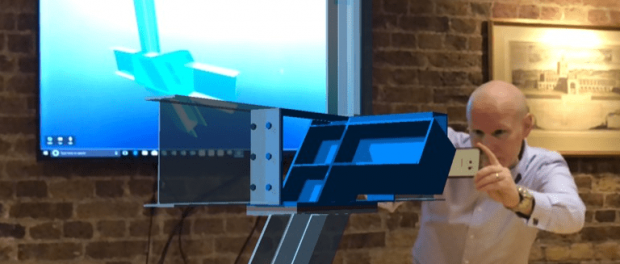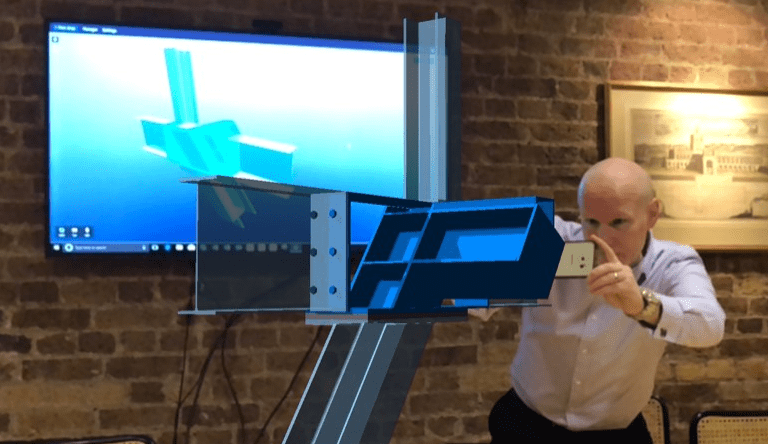The future construction workforce – what will it look like?

By Kevin Lyons, Director of Lyons O’Neill
In construction, as in many industries, when we think about the future all talk is of technology. It’s true that technological advancement is transforming all areas of the industry, at the design, engineering and construction stages and increasing projects’ scope and scale. But the means of production shouldn’t be our only focus – we need to modernise our teams as well as our tools.
The future of construction will have many unique challenges to face. As demand for housing and infrastructure increases with a growing population, and sustainable practice becomes a prerequisite not just a preference, we’ll need a workforce which is creative, resourceful and innovative. Old methods and ways of working won’t cut it if we’re to respond to these new pressures and opportunities.
So, what will this modern construction workforce look like?
It will be collaborative
At the heart of the new workforce we’ll need a truly collaborative approach. A project is the physical representation of a network of ideas and effort and it’s thinking as a whole, rather than in isolated tasks, which will help us create the advanced and intricate buildings of the future. As clients and consumers expect more from architecture’s style and services we’ll need the teams of tomorrow to work closely with the supply chain and communicate their designs in a multitude of formats. What is needed are teams with a modern mindset, who think and work beyond the neat boxes of their job titles. It’s more than teamwork, it’s recognising that tasks and roles flow into each other and one team’s problem is yours too.
This collaboration depends upon clear and effective communication. This is greatly facilitated by technology – think BIM apps which can be downloaded onto iPads and iPhones and used onsite – but technology doesn’t create it. The latest technology is nothing if teams and members of the supply chain don’t embrace the improved communication flows that they create and leverage them to foster greater collaboration, innovation and insight.
It will be creative
Part of modernising the future construction workforce involves modernising the way we think about the construction industry as a whole. It’s not an industry the general public associates with creativity and innovation, beyond perhaps the architect’s initial design, but those in the sector know these are the essence of what we do.
There’s already been a shift within engineering towards embracing its creative nature, with teaching moving away from a preoccupation with analytical technique and focusing more on conceptual design. Engineering is equal parts design and analysis so modern engineering teams will need to strike this 50:50 balance if they want to continue to innovate. Building in emphasis on creativity from the start, in our construction education, will mean the future workforce is properly equipped for the challenges ahead.
But creativity is also fundamental in the implementation of engineering as well as in its design. Increasingly ambitious builds and refurbishments throw up challenges which require teams who are quick thinking and creative to find solutions which work for the client and their deadlines. Every job is unique, emphasising a different set of skills and experiences so the modern worker needs to be resourceful and imaginative to keep pace with our rapidly developing technology and expectations.
It will have a changed outlook
Another shift in engineering within the construction industry has been in its outlook and relationship between the built and natural environments. The industry is now positioning itself as working with, rather than against, natural features and conditions. This is more than checking the sustainable tickbox and meeting a set of standardised rules and regulations – it’s about seeing construction and design as responding to the environment. There’s an increasing use of digital technology to map a landscape and then run analysis to determine which designs best fit specific environmental conditions. Using the latest tools to help us better understand impacts and influences will allow us to build innovatively and durably.
This shifted outlook means a practical shift too, such as in the types of materials that are being used on projects. For example, attention is turning to the use of Cross-Laminated Timber (CLT), which has the ability to reduce construction programme by as much as 30% due to its fast onsite construction and, as a renewable source and carbon store, it helps towards a project’s sustainability goals. Allowing a change of thinking to inform construction decisions is the way our industry will keep pace with developing needs and conditions.
It will encompass more
As new technology is invented and applied in the industry, we’ll also see a workforce which encompasses more, both in terms of skills and types of jobs. The rapid advance of technology means there are now roles and tasks that didn’t exist five or ten years before with new and unique responsibilities and we’ll need to rethink traditional roles. Sophisticated modelling systems require greater IT knowledge and teams must be trained in the latest programmes, so an engineers’ toolkit will need to expand. But the scope for technology in construction extends beyond BIM. Across the whole of engineering AI is being incorporated into work and no doubt it will come to play a transformative role in construction too.
Construction and engineering have a bright and exciting future, but we’ll need a modern workforce if we want to get there. This will be a workforce which works collaboratively and creatively, shifts its outlook and embraces change. Although it’s the projects which attract attention, we should never forget innovation begins with the people.


